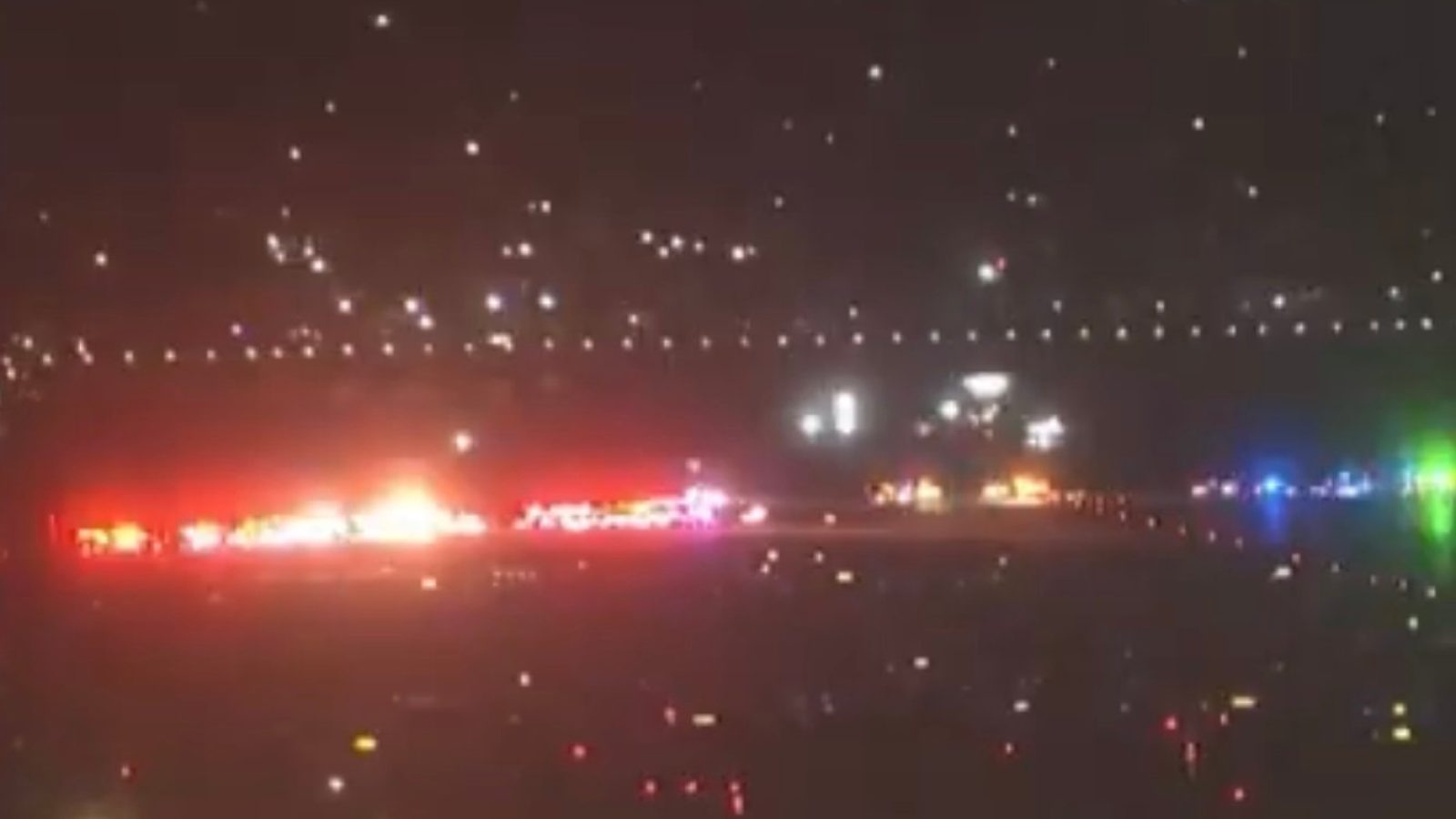Staffing at the Ronald Reagan National Airport air traffic control tower was “not normal for the time of day and volume of traffic,” an internal Federal Aviation Administration (FAA) safety report reviewed by The New York Times said.
According to the outlet, the controller who was handling helicopters in the airport’s vicinity Wednesday night was also instructing planes to land and depart its runways.
Two controllers typically perform that job instead of one.
“Staffing at the air traffic control tower at Ronald Reagan National Airport was “not normal for the time of day and volume of traffic…The controller who was handling helicopters…was also instructing planes that were landing and departing from its runways” pic.twitter.com/Tts8z09G4Y
— Saagar Enjeti (@esaagar) January 30, 2025
BREAKING: A preliminary FFA safety report reveals that staffing for the air traffic control tower was “not normal” at the time of the DC plane crash.
Understaffing reportedly led to only one aircraft controller managing both planes and helicopters, when those responsibilities… pic.twitter.com/X7vgvtzvmB
— Libs of TikTok (@libsoftiktok) January 30, 2025
From The New York Times:
This increases the workload for the air traffic controller and can complicate the job. One reason is that the controllers can use different radio frequencies to communicate with pilots flying planes and pilots flying helicopters. While the controller is communicating with pilots of the helicopter and the jet, the two sets of pilots may not be able to hear each other.
Like most of the country’s air traffic control facilities, the tower at Reagan airport has been understaffed for years. The tower there was nearly a third below targeted staff levels, with 19 fully certified controllers as of September 2023, according to the most recent Air Traffic Controller Workforce Plan, an annual report to Congress that contains target and actual staffing levels. The targets set by the F.A.A. and the controllers’ union call for 30.
ADVERTISEMENTThe shortage — caused by years of employee turnover and tight budgets, among other factors — has forced many controllers to work up to six days a week and 10 hours a day.
BREAKING: Staffing was “not normal” in the air traffic control tower at the time of a midair collision near D.C., an FAA report obtained by AP says.
Follow AP for live updates. https://t.co/OdD7SMvq5R
— The Associated Press (@AP) January 30, 2025
More from the Associated Press:
The Federal Aviation Administration has long struggled with a shortage of air traffic controllers and identified fatigue as a factor that might lead to mistakes.
After a number of highly publicized close calls between planes that were following orders from control towers, the FAA said last summer that it would increase the minimum time controllers get between shifts starting this year.
An agreement between the agency and the National Air Traffic Controllers Association called for 10 hours off between shifts, 12 hours off before and after a midnight shift, and a limit on consecutive overtime assignments.
Although then-FAA Administrator Mike Whitaker said in September that the agency had met its 2024 goal of hiring 1,800 controllers, airline executives said they expected the problem to persist.
The cause of Wednesday night’s crash is under investigation. A preliminary FAA report obtained by The Associated Press said one air traffic controller was working two positions at the time.
This is a Guest Post from our friends over at 100 Percent Fed Up.
View the original article here.



Join the conversation!
Please share your thoughts about this article below. We value your opinions, and would love to see you add to the discussion!